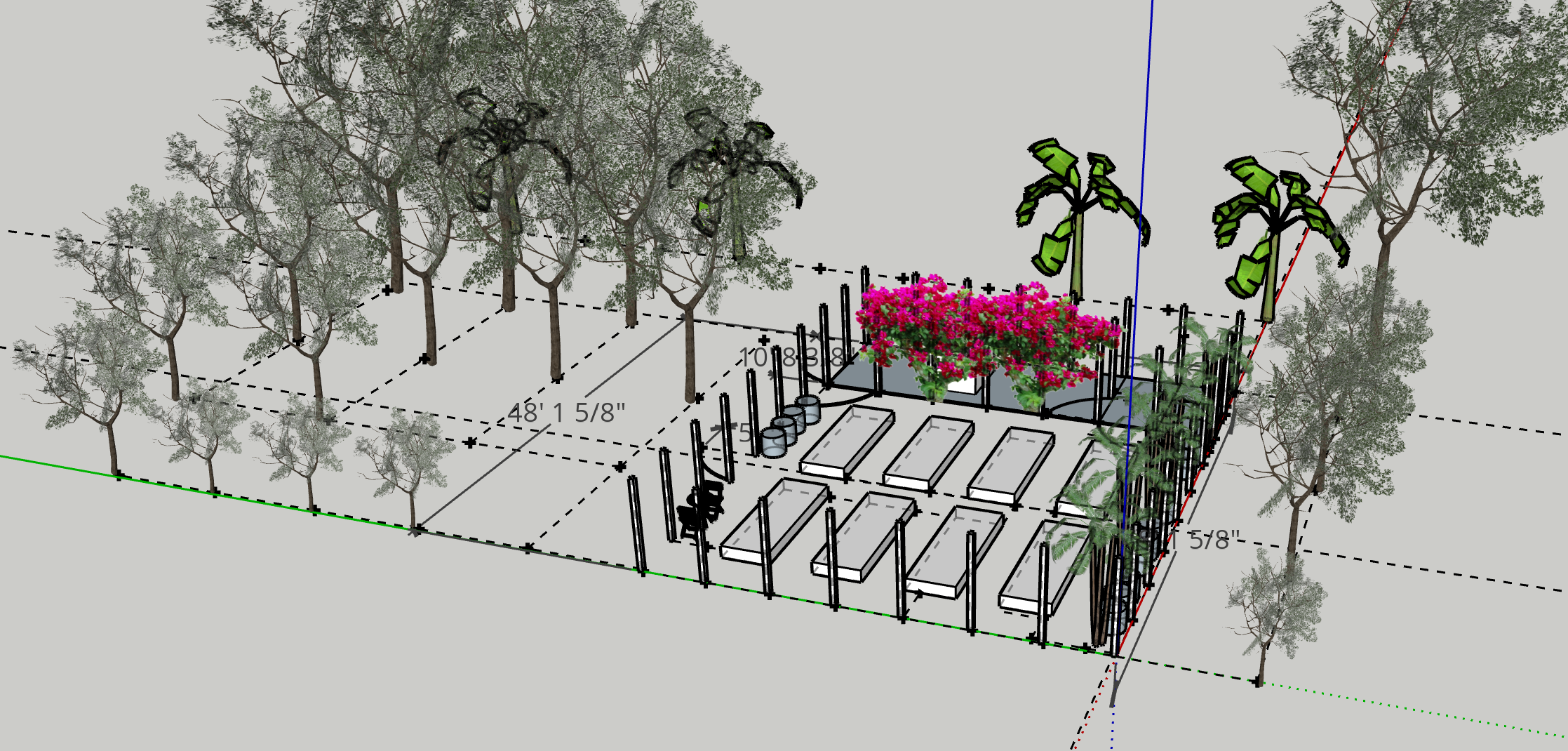Permaculture - Designing with Nature:
Permaculture is an ecological design philosophy that aims to create sustainable, self-sufficient systems modeled after natural ecosystems. It combines principles from agriculture, ecology, and design to create harmonious relationships between plants, animals, and humans. Permaculture encourages sustainable practices such as water conservation, soil regeneration, and biodiversity preservation.
Chickens in Permaculture:
Chickens play a vital role in permaculture systems. They provide various benefits, including:
- Pest Control: Chickens actively hunt and consume insects, slugs, and other garden pests, reducing the need for chemical pesticides.
- Fertilization: Chicken manure is a valuable source of nitrogen and other nutrients for soil health and plant growth.
- Soil Aeration: Chickens scratch the soil while foraging, helping to improve soil structure and nutrient distribution.
Benefits of Backyard Chicken Ownership:
-
Fresh eggs: Based on local egg prices, backyard chicken ownership can
save an estimated $520 - $1040 dollars a year.
-
Community independance: Less reliance on global and national supply
chains.
-
Higher nutritional value: Backyard eggs are higher in protein and other
vital nutrients than store-bought eggs. The average grocery store egg is
roughly 4 months old.
-
Composting: Chicken waste can be used as free lawn and garden fertilizer
for our homes, contributing to the beautification of the neighborhood
without the damaging effects of commercial fertilizers to our local
waterways.
-
Reduced food waste: About ¼ of municipal garbage is food waste, and
chickens can eat a majority of those scraps.
-
Pest control: Chickens eat caterpillars, fire ants, and other garden and
lawn pests.
-
Delight: Chickens have their own personalities and add a special and
quaint je ne sais quoi to the neighborhood.
How?
- Amending RTHOA Rules and Regulations.
Proposed Rules:
- No roosters.
- Minimum flock size of 2 birds.
- Maximum 6 birds per home - Grant-Valkaria law.
- Birds must be contained within the property, no free ranging.
- Coop and run requirements:
- Minimum 2-3 square feet of coop space per bird*
- Minimum 10 square feet of run space per bird*
- Chicken runs should be at least partly shaded.
-
Aesthetics and plans should be submitted to the ARC, same as all other
lot enhancements.
- Predator safety:
-
Coops must use hardware cloth, not chicken wire, and chickens must be
secured in the coop overnight.
-
Daytime chicken runs are encouraged to have a sheltered roof area of
either thick/thorny plants or deer fencing.
- Same cleanliness standards as horses.
- No commercial use, same as other pets. Just eggs and love :)
*For average sized birds. Smaller breeds might require less space, larger breeds and fully cooped birds will require more.
Reference images:
 Garden, Chicken Coop & Run, and Orchard Schematics
Garden, Chicken Coop & Run, and Orchard Schematics
 Urban Northern Farmhouse Coop
Urban Northern Farmhouse Coop
Conclusions:
-
Coops and runs can be a beautiful and fun addition to the neighborhood.
-
Backyard chicken ownership provides cost savings and higher nutritional
value compared to store-bought eggs.
-
Chickens can help eliminate food waste and produce free compost that is
better for the environment and our waterways, and are excellent workers in a permaculture garden system.
-
Keeping chickens and collecting eggs is simply fun and delightful.
Sources:
